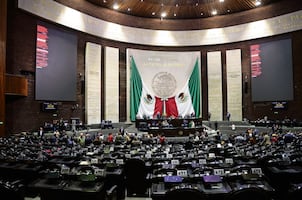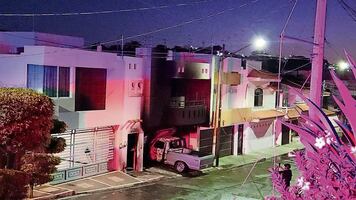Moctezuma’s headdress is currently in Vienna’s Museum of the World and it sparked a controversy in 1991 over the ownership of its treasure. Back then, Mexico demanded Vienna to give back the piece, but there was no answer.
In 2011, Mexican diplomacy softener its request and offered a temporal exchange of the headdress for a golden chariot that belonged to emperor Maximilian I of Mexico exhibited in Mexico’s National Museum of History in Chapultepec’s Castle.
Nevertheless, science displaced diplomacy, for the fragile state of the headdress makes it impossible to transport it. Not by land, air, or water. Any vibration would cause significant damage.
In the National Museum of Anthropology and History of Mexico City, a replica of Moctezuma’s headdress is displayed. It was made in 1940 by Mexican craftsman Francisco Moctezuma. He did not have access to the original so he had to build it through archive images.
Here are some interesting facts about Moctezuma’s headdress.
1. It was a gift
Moctezuma’s headdress, made in the 16th century, was part of a series of present the Aztec emperor gave to Hernán Cortés when he arrived at Tenochtitlán in 1519 as a welcome gesture.
2.Quetzalapanecáyotl
This headdress is actually a quetzalapanecáyotl or headdress made from Quetzal feathers set in gold. It was made by “amantecas,” who were the Mexica artists specialized in feathered art.
3. It has feathers from 4 birds
It is 1.30 meters tall and 1.78 meters wide. It has feathers from 4 species of birds. Blue feathers from the Xiuh Totol bird; pink from the Tlauquechol; brown from Cuclillo; and Green from Quetzal. It has approximately 222 feathers.
4. How did it get to Vienna?
It is currently in Vienna, but nobody knows how it got there. Allegedly, it was a gift for king Charles I of Spain, but the ship where it was would have been looted by pirates, so it changed hands constantly.
5. It arrived at Austria in 1699
In the documentary “The History of Moctezuma’s headdress,” it is mentioned that it got to Austria in 1699 as part of a collection of the Archduke Fernando II de Tirol, and it remained 200 years in the Ambras palace.
6. The star of the Museum of the World
After three years of absence, the pre-Hispanic piece of over 500 years old, was the protagonist of the re-opening of the Museum of the World, previously known as Vienna’s Ethnologic Museum.
7.Restoration
In 1878, the headdress was restored and they added small feathers in the inferior part; some metallic pieces of gold were replaced by brass, and a plague control was made to the feathers. The technique was not the best, but thanks to it the headdress still exists.
8.A very fragile pre-Hispanic headdress
The most fragile part of the headdress is its structure, since the 27 rods that support the fan of feathers at least 29 fractures have been detected.
9. Display
The way in which Moctezuma’s headdress is displayed has changed. Until 2010 it was pinned on black fabric at 90 degrees. Currently, it rests at 22.5 degrees in a showcase designed to absorb any external vibration.
10. Preservation
Experts ensure that if the headdress is preserved under optimum conditions of light control, microclimate and vibration, it will last another 500 years more.
mp
Noticias según tus intereses
[Publicidad]
[Publicidad]














